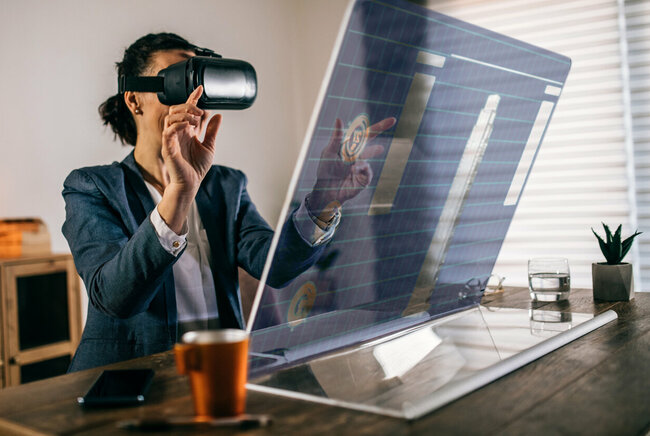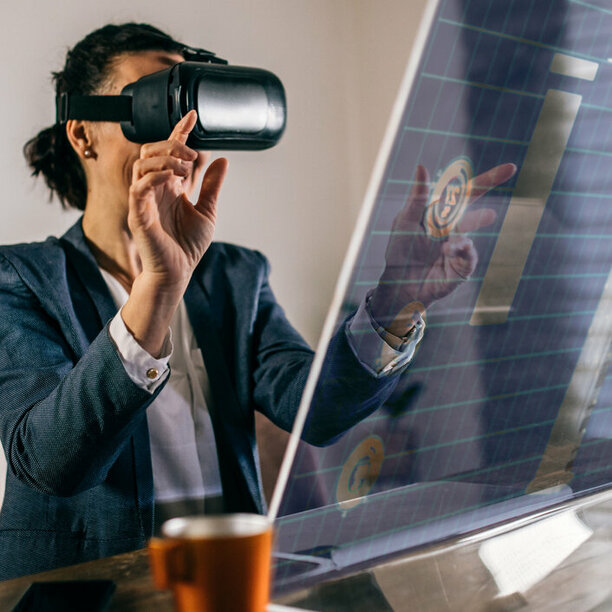Innovative Technologies for Hybrid Work: Putting Employee Well-Being First
In an era of change, technological advancements intersect with employee well-being

The world of work is undergoing a revolutionary transformation. Hybrid work, where employees alternate between home and the office, is now essential. Technological progress must go hand in hand with employee well-being. Researcher Matthew Dennis, PhD student Lyanne Uhlhorn and researcher Lily Frank have released a report on digital well-being, based on insights from the “Future of Digital Well-Being” conference by the KNAW. The report addresses important questions about definitions of digital well-being, solutions, and design for diverse groups, providing valuable perspectives for designers and policymakers. The report answers key questions such as:
- How do we understand existing definitions of digital well-being?
- How can digital and non-digital solutions enhance well-being?
- How do we design for diverse and underrepresented groups (mental, physical, gender, sexual differences, etc.)?
- How should cultural differences inform our approach to designing for digital well-being?
The researchers emphasize that by embracing these new technologies while also prioritizing employee well-being, the transition to hybrid work can be not only more effective but also more humane. The report serves as a valuable guide for both designers and policymakers to create a future where technology and well-being go hand in hand.
